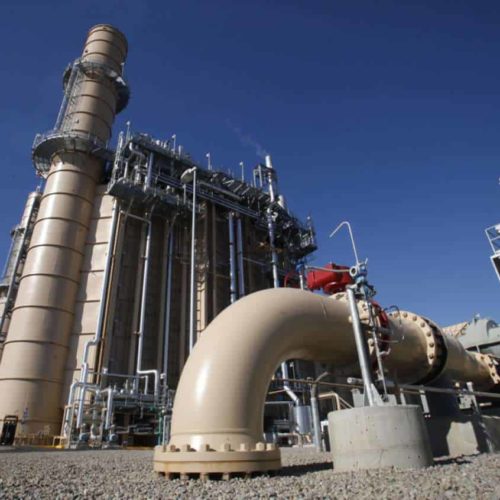Introduction
The U.S. Environmental Protection Agency has unveiled its analysis of the 2010 Toxics Release Inventory, a database containing information on the disposal or release of 650 potentially dangerous chemicals used by almost 21,000 facilities. Though there were some increases between 2009 and 2010, it found that releases of these chemicals have generally decreased, with the total down 30 percent since 2001.
But, as the EPA acknowledged, the database provides only a snapshot of the pollution produced by American industry. “Users of TRI data should be aware that…it does not cover all toxic chemicals or all sectors of the U.S. economy,” the analysis warned. “Furthermore, the quantities of chemicals reported to TRI are self-reported by facilities and are often estimates.”
These estimates in some cases dramatically understate the extent of pollution, as the Center for Public Integrity and NPR reported in the Poisoned Places series, an investigation of lax Clean Air Act enforcement.
In Tonawanda, N.Y., a small town outside of Buffalo, citizens used buckets and hand-held vacuums to test the air after dozens of residents suffered ailments that they attributed to emissions from an aging plant that produces coke for smelting iron. They found levels of benzene – a chemical associated with blood disorders, infertility, and cancer, especially leukemia — some 500 times higher than the New York State health guideline during a test in 2004. Regulators forced the plant to make some fixes, but the emissions and related health problems continued.
When EPA inspectors finally raided Tonawanda Coke Corp. some five years later, they found benzene seeping out of the plant at a rate of 91 tons per year, according to an EPA analysis. That was almost 30 times higher than the 6,754 pounds the firm had reported to the TRI in 2009. Since the 2009 raid, the company and its environmental manager have been hit with criminal charges and the facility has been forced to install pollution controls, fix leaks, and clean up toxic waste.
Another shortcoming in the TRI review released Thursday is that “trends in pounds of disposal or other releases do not account for potential risk of chemical releases,” the EPA wrote. “Risks can vary depending on chemical toxicity, how chemicals are released (e.g., to the air or water), where chemicals travel, and where human populations are located.” But risk estimates for people in affected communities are only current as of the 2007 TRI. More recent data will not be analyzed until later this year “because modeling exposure of TRI chemicals is time and resource intensive,” the agency said.
TRI’s coverage of the utility sector is also surprisingly spotty: Only coal- and oil-powered facilities must report to the database. That excludes the growing number of natural gas-burning power plants around the U.S. and facilities that use other types of fuel to create energy, like the tire-burning Geneva Energy plant in Ford Heights, Ill., which has been the subject of an unresolved civil rights complaint filed with the EPA.
Even without emissions data from such facilities, electric utilities reported releasing or disposing of the second-largest quantity of TRI chemicals of any industry sector in 2010. This included the largest amount of air pollution of any sector and “represented over 36% of air emissions from all industries,” the EPA found. These emissions will likely be significantly reduced in the coming years due to the mercury and air toxics rule issued by the EPA in December, which will force many of the dirtiest coal- and oil-fired power plants to install new pollution controls or shut down.
Read more in Environment
Environment
Keystone XL pipeline rejection a setback for Canadian tar sands development
But the Obama administration’s decision to reject the project isn’t likely to end investment in controversial fuel
Environment
EPA hopes disclosure leads to greenhouse gas reductions
In release of new data, agency sees 25-year-old program as model to follow


Join the conversation
Show Comments